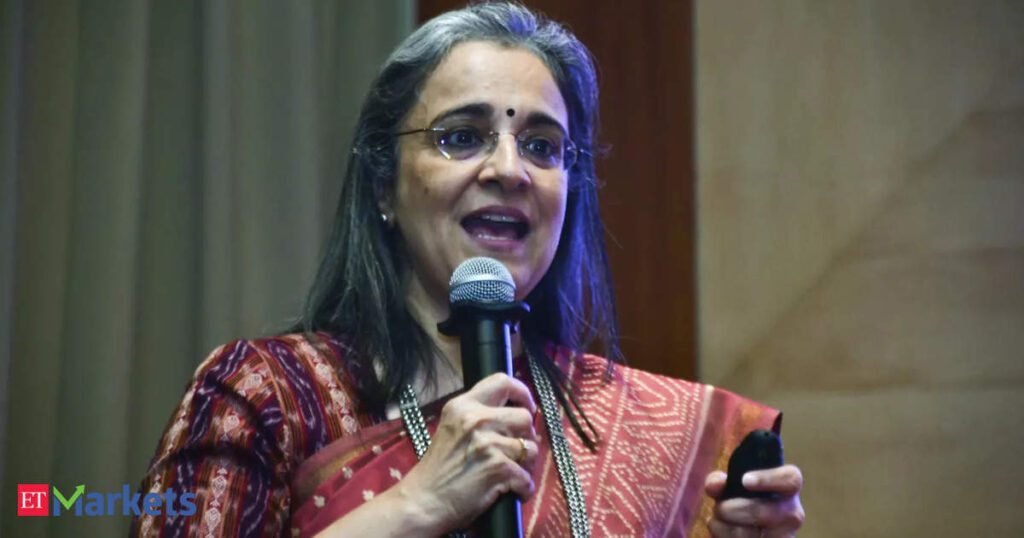Further, the minimum application period will be reduced to two business days from three and the listing timeline will be shortened to T+3 business days from T+6 business days, which will be optional for the initial year and mandatory thereafter, Securities and Exchange Board Chairman Madhavi Puri Buch said at a press conference.
Sebi has also provided flexibility to advertise public offers through electronic modes like QR code/link in newspapers and uniform application procedure through UPI which allows retail investors to invest up to Rs 5 lakh, while retaining other application modes.
“With a view to promoting ease of doing business and providing flexibility to issuers, the Board has approved the proposal to streamline the process for public issue of bonds and Non-Convertible Redeemable Preference Shares (NCRPS) to enable issuers to access funds faster,” SEBI said.
Further, the Securities and Exchange Commission has simplified the disclosure requirements for non-convertible securities in the offer document. It has removed the requirement to disclose PAN and personal address of promoters in the offer document. The regulator has clarified that key operational and financial parameters will be disclosed in line with the financial information requirements. It has provided branch and vendor details through QR code and web link, which information has been provided to the bond trustees. The Securities and Exchange Commission has aligned the disclosure procedures regarding utilisation of issuance proceeds of listed commercial paper and timeline of payment obligations with bonds. Further, the regulator has approved guidelines for Category I and II AIF borrowings and extension of holding period for Large Value Funds (LVFs).
Based on this, SEBI has decided to allow category I and II AIFs to borrow temporarily for up to 30 days to meet temporary investor shortfall in making investments.
The borrowing costs are charged to the investor who covers the shortfall.
Additionally, there must be a 30-day gap between successive borrowings.
Sebi said extension of holding period of LVF will be limited to five years and will require approval of two-thirds of unit holders depending on the holding amount.
If it is not liquidated after the extension, the LVF can opt for a further winding up period like any other AIF.
Sebi said existing LVFs will have to align their extension tenure with the new five-year limit within three months and have the option to revise the basic holding period of the schemes with investor consent.




